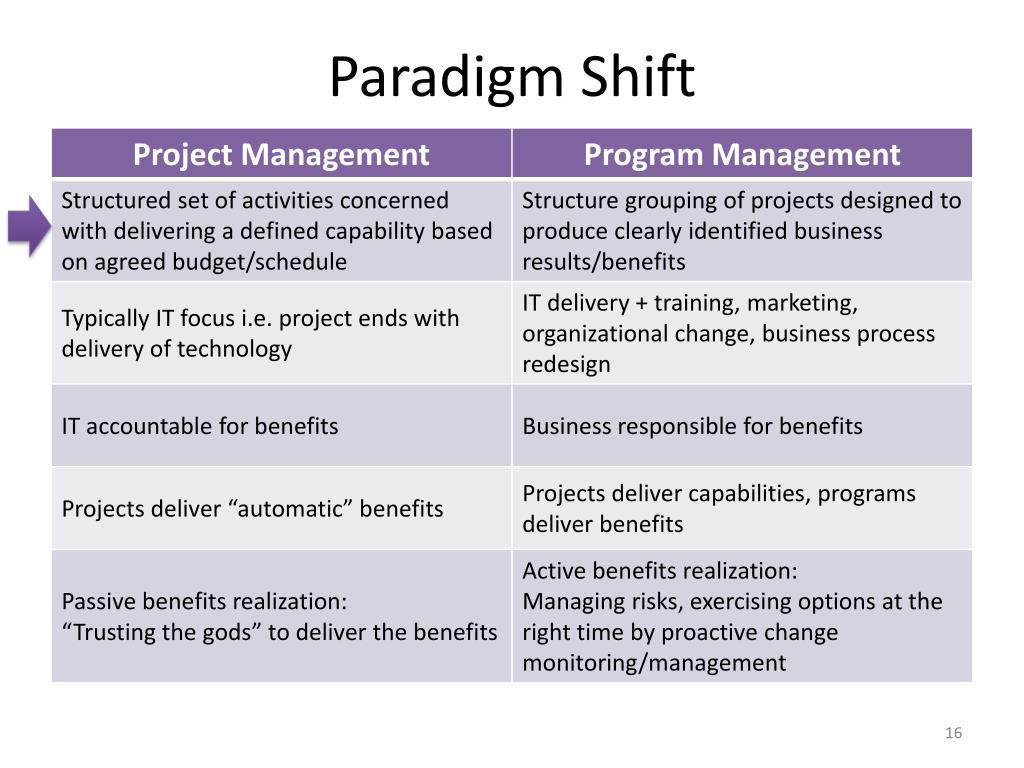

In fact, I was reminded of what is probably the best example by the questioner's accidental word choice here: However, I think there are better and clear examples of paradigm shifts in the history of science, which if nothing else serve as proof of concept. I also would disagree with Kuhn on whether many of his supposed examples of "paradigm shifts" would actually qualify as such. There is also the rise of existentialism in the past century or two people have stopped thinking "what purpose does the world want me to fulfill" and are now asking "what purpose do I want to fulfill." Thus, I think both of your examples do actually show a convincing paradigm shift.Īs for other (more philosophical) examples, there is the Renaissance, during which the paradigm of man being ruled by God shifted for many to man being ruled by himself. This means that there was a huge mathematical and physical paradigm shift between these two models, both in different mathematical explanations for orbits and in a different physical perspective entirely.Īs for Newton's Laws, making them a special case of relativity is quite the paradigm shift instead of looking at the world as governed by Newton's Laws, we have come to see relativity as the ruling model (or paradigm), where Newton's Laws are a sub-paradigm for certain situations. Kepler's elliptical model further refines the orbits, and they certainly are not described the same as in the geocentric model. This is very different from the heliocentric model, which in itself explains retrograde motion without these epicycles. The geocentric orbit tries to explain retrograde motion of planets by hypothesizing that while all bodies orbit the Earth in a circular motion, they also move in "epicycles" or smaller circular orbits around themselves. The mathematical explanations of geocentric orbits and heliocentric orbits are actually decidedly different.

This qualification is of no interest to the working physicist, but it is of interest to someone - philosopher or physicist alike - who wants to argue that the progress of science consists in (old-style) convergent realism.īoth of your examples are actually very valid paradigm shifts. He argued, however, that the special case derived is not actually Newtonian mechanics, but a substitute of it, a numerical approximation within STR.

So, if we want to understand in which way science progresses through these shifts, Kuhn argues, the model of successive extension or piecemeal revision of a concept is not a good candidate.ĭid Kuhn argue from this - as it is sometimes assumed - that one couldn't derive Newtonian mechanics as a special case of STR? Certainly not. Why? Because, according to Kuhn, the concept of mass as devised by Einstein does not extend, but replaces, the concept of Newtonian mass. Kuhn uses this point against what is known today as convergent realism, the view that science shows improving approximation to the truth. (How this gets us to incommensurable theories and paradigms is a lot more complicated, but you get the picture.) According to Kuhn, there is no concept of mass, in this case, which can consistently unite both meanings - thus they are "incommensurable" concepts, i.e. His point is that key concepts in both theories, while retaining the same name - like "mass" - have not only different meaning, but that the meanings of Newtonian mass and Einsteinian mass exclude each other. Only at low relative velocities may the two be measured in the same way, and even then they must not be conceived to be the same.) (SSR, p. (Newtonian mass is conserved Einsteinian is convertible with energy.

… the physical referents of these Einsteinian concepts are by no means identical with those of the Newtonian concepts that bear the same name. universal theories (Feyerabend) - were trained physicists, so they knew very well that you can derive Newtonian mechanics as a special case of STR. If this is your view, the point to be clarified here is that the possibility of including a former theory within a successive theory does not preclude incommensurability between those theories.īoth Kuhn and Feyerabend - who put forward the concept of incommensurability between scientific paradigms (Kuhn) viz. It seems that you would think of incommensurable theories as "not relating to each other" somehow and that retaining a former theory is incompatible with this requirement. You seem to be puzzled by the fact that Newtonian mechanics was retained in a successive theory and that this somehow precludes incommensurability.


 0 kommentar(er)
0 kommentar(er)
